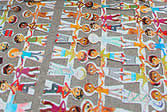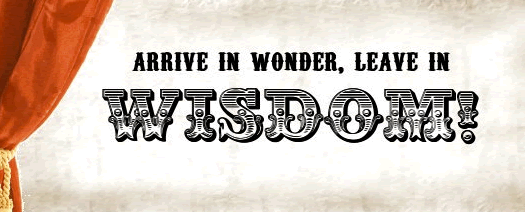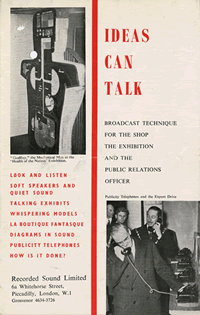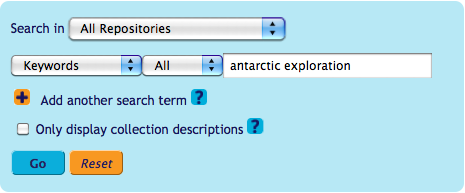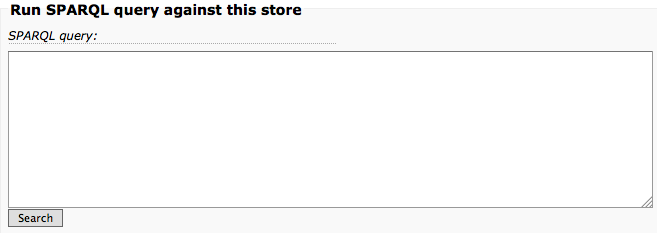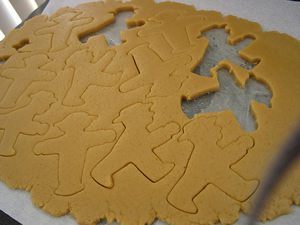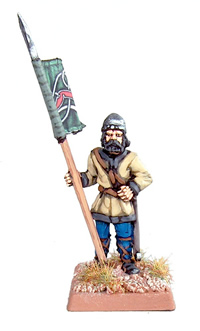We are very pleased to announce that the Archives Hub will be working on a new Linked Data project over the next 11 months, following on from our first phase of Locah, and called Linking Lives. We’d like to introduce this with a brief overview of the benefits of the Linked Data approach, and an outline of what the project is looking to achieve. For more in-depth discussion of Linked Data, please see our Locah project blog, or take a look at the Linked Data website guides and tutorials.
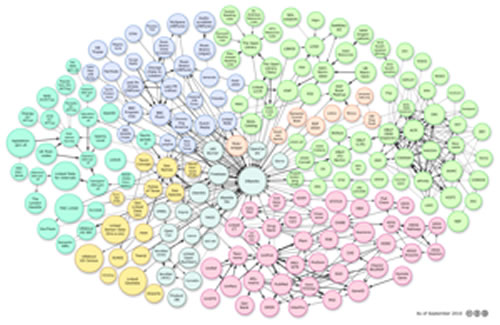
The benefits of Linked Data
The W3C currently has a draft of a report, ‘Library Linked Data‘, which covers archives and museums. In this they state that:
‘Linked data is shareable, extensible, and easily re-usable… These characteristics are inherent in the linked data standards and are supported by the use of web-friendly identifiers for data and concepts.’
Shareable
One of the exciting things about Linked Data is that it is about sharing data (certainly where you have Linked Open Data). I have found that this emphasis on sharing and data integration has actually had a positive effect aside from the practical reality of sharing; it engenders a mindset of collaboration and sharing, something that is of great value not just in the pursuit of the Linked Data vision, but also, more broadly, for any kind of collaborative effort and for encouraging a supportive environment. Our previous Linked Data project, Locah, has been great for forging contacts and for putting archival data within this exciting space where people are talking about the future of the Web and the sorts of things that we might be able to do if we work together.
For the Archives Hub, our aim is to share the descriptions of archive collections as a means to raise the profile of archives, and show just how relevant archives are across numerous disciplines and for numerous purposes. In many ways, sharing the data gives us an opportunity to get away from the idea that archives are only of interest to a narrow group of people (i.e. family historians and academics purely within the History Faculty).
Extensible
The principle of allowing for future growth and development seems to me to be vital. The idea is to ensure that we can take a flexible approach, whereby enhancements can be made over time. This is vital for an exploratory area like Linked Data, where an iterative approach to development is the best way to go, and where we are looking at presenting data in new ways, looking to respond to user needs, and working with what technology offers.
Reusable
‘Reuse’ has become a real buzz word, and is seen as synonymous with efficiency and flexibility. In this context it is about using data in different contexts, for different purposes. In a Linked Data environment what this can mean is providing the means for people to combine data from different sources to create something new, something that answers a certain need. To many archivists this will be fine, but some may question the implications in terms of whether the provenance of the data is lost and what this might mean. What about if information from an archive description is combined with information from Wikipedia? Does this have any implications for the idea of archive repositories being trusted and does it mean that pieces of the information will be out of their original context and therefore in some way open to misuse or misinterpretation?
Reuse may throw up issues, but it provides a great deal more benefits than risks. Whatever the caveats, it is an inevitable consequence of open data combined with technology, so archives either join in or exclude themselves from this type of free-flow of data. Nevertheless, it is certainly worth thinking about the issues involved in providing data within different contexts, and our project will consider issues around provenance.
Linking Lives
The basic idea of the Linking Lives project is to develop a new Web interface that presents useful resources relating to individual people, and potentially organisations as well.
It is about more than just looking at a name-based approach for archives. It is also about utilising external datasets in order to bring archives together with other data sources. Researchers are often interested in individual people or organisations, and will want to know what sort of resources are out there. They may not just be interested in archives. Indeed, they may not really have thought about using archives, but they may be very interested in biographical information, known connections, events during a person’s lifetime, etc. The idea is to show that various sources exist, including archives, and thus to work towards broadening the user-base of archives.
Our interface will bring different data sources together and we will link to all the archival collections relating to an individual. We have many ideas about what we can do, but with limited time and resources, we will have to prioritise, test out various options and see what works and what doesn’t and what each option requires to implement. We’ll be updating you via the blog, and we are very interested in any thoughts that you have about the work, so please do leave comments, or contact us directly.
In some ways, our approach may be an alternative to using EAC-CPF (Encoded Archvial Content for Corporate Bodies, Persons and Families, an XML standard for marking up names associated with archive collections). But maybe in essence it will compliment EAC-CPF, because eventually we could use EAC authority records and create Linked Data from them. We have followed the SNAC project with interest, and we recently met up with some of the SNAC project members at the Society of American Archivists’ Conference. We hope to take advantage of some of the exciting work that they are doing to match and normalise name records.
The W3C draft report on Library Linked Data states that ‘through rich linkages with complementary data from trusted sources, libraries [and archives] can increase the value of their own data beyond the sum of its sources taken individually’. This is one of the main principles that we would like to explore. By providing an interface that is designed for researchers, we will be able to test out the benefits of the Linked Data approach in a much more realistic way.
Maybe we are at a bit of a crossroads with Linked Data. A large number of data sets have been put out as XML RDF, and some great work has been done by people like the BBC (e.g. the Wildlife Finder), the University of Southampton and the various JISC-funded projects. We have data.gov.uk, making Government data sets much more open. But there is still a need to make a convincing argument that Linked Data really will provide concrete benefits to the end user. Talking about Sparql endpoints, JSON, Turtle, Triples that connect entities and the benefits of persistent URIs won’t convince people who are not really interested in process and principles, but just want to see the benefits for themselves.
Has there been too much emphasis on the idea that if we output Linked Data then other people can (will) build tools? The much quoted adage is ‘The best thing that will be done with your data will be done by someone else’, but is there a risk in relying on this idea? In order to get buy-in to Linked Data, we need visible, concrete examples of benefit. Yes, people can build tools, they can combine data for their own purposes, and that’s great if and when it happens; but for a community like the archives community the problem may be that this won’t happen very rapidly, or on the sort of scale that we need to prove the worth of the investment in Linked Data. Maybe we are going to have to come up with some exemplars that show the sorts of benefits that end users can get. We hope that Linking Lives will be one step along this road; not so much an exemplar as a practical addition to the Archives Hub service that researchers will immediately be able to benefit from.
Of course, there has already been very good work within the library, archive and museum communities, and readers of this blog may be interested in the Use Cases that are provided at http://www.w3.org/2005/Incubator/lld/wiki/UseCaseReport
Just to finish with a quote from the W3C draft report (I’ve taken the liberty of adding ‘archives’ as I think they can readily be substituted):
“Linked Data reaches a diverse community far broader than the library/archive community; moving to library/archival Linked Data requires libraries/archives to understand and interact with the entire information community. Much of this information community has been engendered by the capabilities provided by new technologies. The library/archive community has not fully engaged with these new information communities, yet the success of Linked Data will require libraries/archives to interact with them as fully as they interact with other libraries/archives today. This will be a huge cultural change that must be addressed.”

